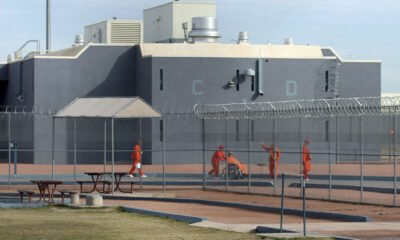Defeat is a state of mind
Crisis Unfolds: Active Shooter Alert Sparks Widespread Panic

The term “active shooter” refers to an individual engaged in killing or attempting to kill people in a populated area. This definition, adopted by U.S. government agencies, emphasizes the chaotic nature of these incidents, with shooters typically using firearms and randomly selecting victims.
Active shooter events can occur in a variety of settings—schools, grocery stores, malls, and places of worship—making the question of personal safety crucial. Unlike avoiding bad neighborhoods or walking away from escalating situations, preparation for such unpredictable events requires a broader approach. Reports of these events appear almost weekly, highlighting their prevalence.
Historically, a small number of active shooter situations have been successfully thwarted by law enforcement, often due to the rapid nature of these incidents. By the time officers arrive, significant harm may have already occurred.
In my extensive experience training police officers for active shooter scenarios, I’ve included simulations using students and faculty to capture the intensity of such events. These exercises emphasize that the environment during an active shooter incident is nothing short of chaotic.
To prepare for the likelihood of encountering an active shooter, one must prioritize situational awareness. Before an incident occurs, individuals should develop a plan that includes escape routes, methods to hide, or even strategies for assisting others. Being aware of your surroundings allows for proactive thinking and readiness.
Your mindset before an emergency is critical. While specific responses such as running, hiding, or fighting can vary based on circumstances, the underlying mindset should always be one of survival. This mental readiness can significantly influence your actions when confronted with danger.
Engaging with an active shooter is not something that most people are equipped to handle. The psychology of the shooter often involves a disregard for their own survival and a willingness to inflict harm. Hesitation can be common even among trained law enforcement professionals. The priority during such encounters must be to halt the threat as quickly as possible to protect lives.
Practicing situational awareness should become second nature. At all times, maintain knowledge of your environment and plan escape routes or safe hiding spots. For those who carry firearms, regular, practical training is essential. This includes not only hitting stationary targets but also practicing in realistic scenarios that vary in lighting and positional challenges.
While it’s my hope that none of you face an active shooter situation, preparation is key. This is not the moment to realize that you should have taken steps to equip yourself. Preparation and continuous training—mentally, physically, and regarding firearms—are imperative.
For further questions regarding this topic, please contact me at 602-448-8283.


















